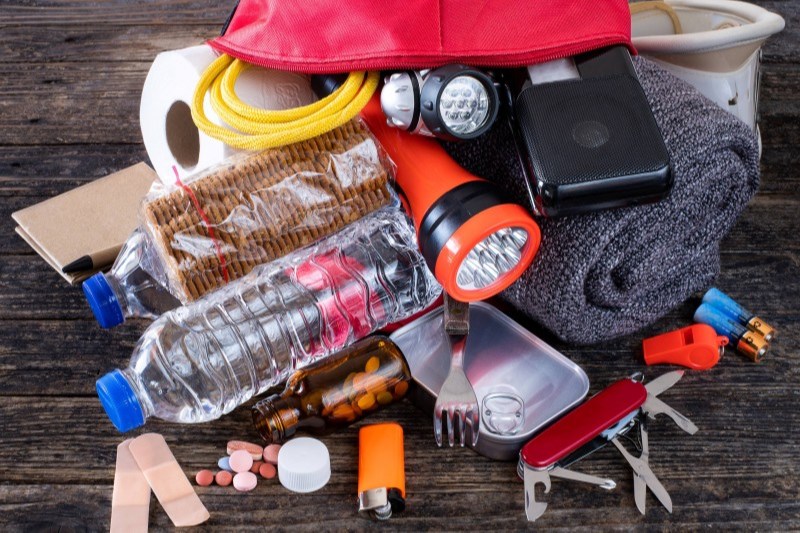The old adage “The best time to plant a tree was 20 years ago. The second best time is now.” is also true for preparedness. As National Preparedness Month comes to a close, it’s a great time to make sure your family is prepared.
Take the opportunity to prepare now before an emergency happens so you and your loved ones will be safe and ready to stay or go in any situation.
Our Just In Case Arizona! website offers helpful guides to assist you on your readiness journey including:
- Making an emergency plan: Information and checklists to help plan for emergencies in a variety of locations including home, work, high-rise buildings and in a vehicle. There are also guides to help you plan for all your loved ones’ needs, including pets, children, older adults and people with disabilities.
- Putting together your emergency kit: Checklists for emergency items and the quantities you’ll need them in, including portable kits, food and water, first aid, clean air protection, special needs items, warmth, important documents and other supplies.
- Knowing what to do in emergency situations like natural disasters, accidents, attacks and biological or chemical threats.
To help you prepare even further, the Federal Emergency Management Agency’s Ready.gov offers guides on making emergency plans for a wide range of situations.
You can also stay in the know of emergency news in real-time by visiting the Arizona Emergency Information Network.
Making emergency plans may seem unnecessary when everything is going well, but when disaster strikes, you and your family will be glad you did.
Dr. Eugene Livar is assistant director of Public Health Preparedness at the Arizona Department of Health Services. He leads the division that encompasses the Bureaus of Emergency Medical Services and Trauma Systems; Environmental Health Services; Immunization Services; Infectious Disease and Services; Public Health Emergency Preparedness and State Laboratory Services.



